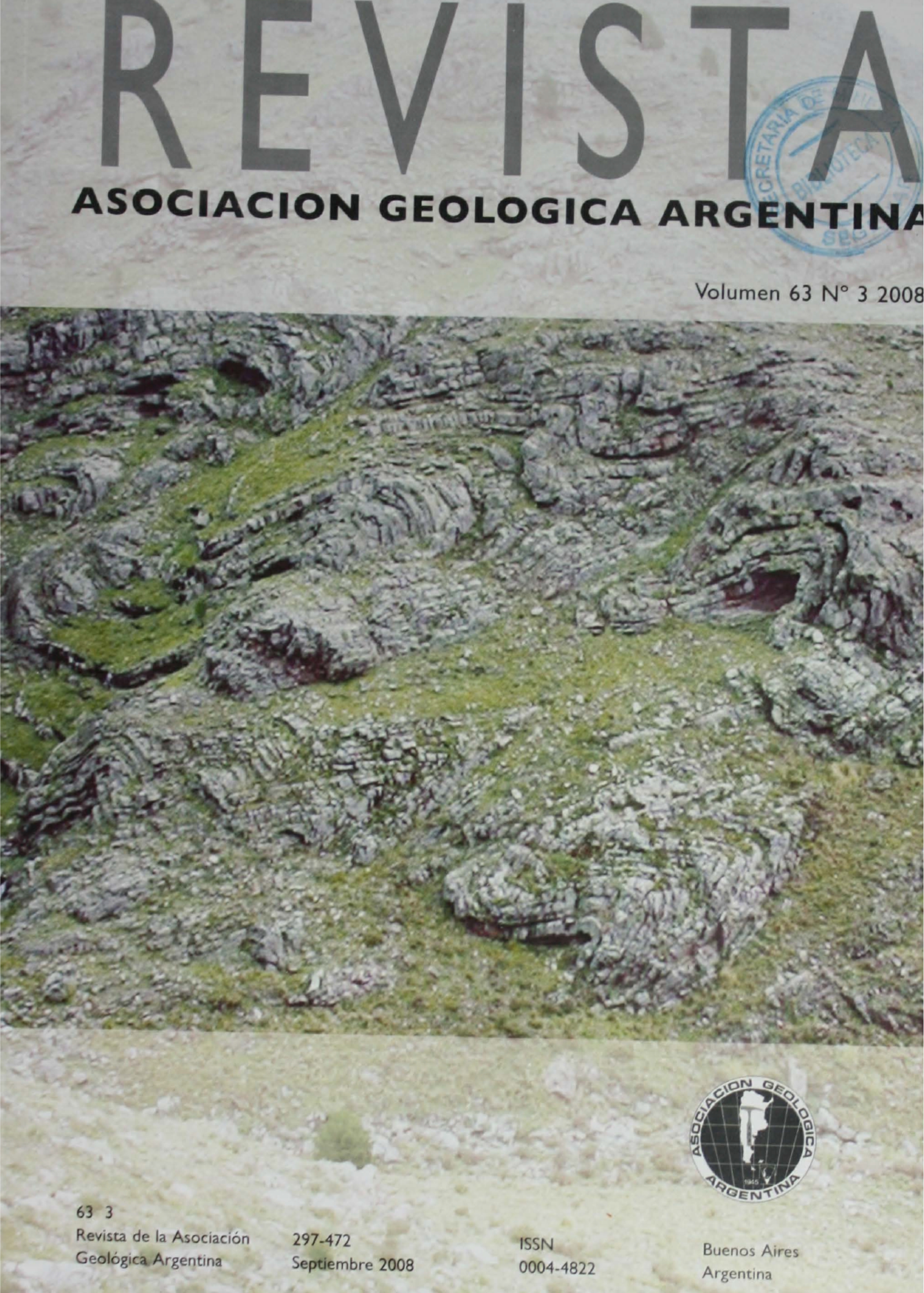A pedosedimentary succession of the Late Cenozoic of Zárate (Buenos Aires): continental record of the MIS5 and older inter glacial intervals
Main Article Content
Abstract
Pedosedimentary processes, recorded in a late Quaternary section near Zarate city, north Buenos Aires province are reconstructed in this study. Both field features and laboratory results were analyzed as a whole. Grain size, sand, silt and clay mineralogy, micromorphology, Rb and Sr concentrations, optical stimulated luminescence (OSL) ages as well as preliminary paleomagnetic analysis were performed in order to get a detailed information on processes involved. All studied paleosols were developed on loess horizons. Four definite breaks in sedimentation and a coupled development of paleosols were observed. On this basis four units showing different types of calcretes were defined. Welded paleosols at unit C, could be correlated to those studied at Baradero (Buenos Aires province) and Lozada (Córdoba province), which probably record the last interglacial stage before present, the Marine Isotopic Stage 5 (MIS5), studied on marine cores. The highest values of Rb/Sr ratio reflect changes due to chemical weathering processes and generally match paleosol levels occurrences. Development of ground water-related and pedogenic calcretes, as well as their association to smectite, illite and ferric oxide indicate drier weather conditions than present and strong seasonality. Finally, a tentative correlation between one of the paleosols and the marine isotope stage 11(MIS 11) is suggested.
Article Details

This work is licensed under a Creative Commons Attribution-NonCommercial 4.0 International License.
Nota de copyright
Los autores conservan los derechos de autor y garantizan a la revista el derecho de ser la primera publicación del trabajo licenciado según una licencia de atribución Creative Commons que permite a otros compartir el trabajo con el reconocimiento de la autoría y de la publicación en la que se publicó por primera vez.
Declaración de privacidad
Los nombres y direcciones de correo electrónico introducidos en esta revista se usarán exclusivamente para los fines declarados por esta revista y no estarán disponibles para ningún otro propósito u otra persona.

